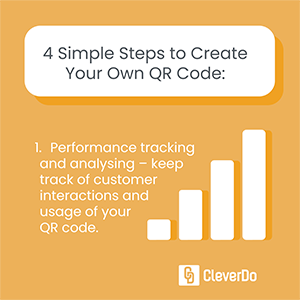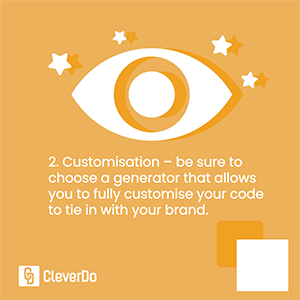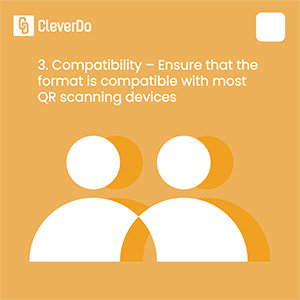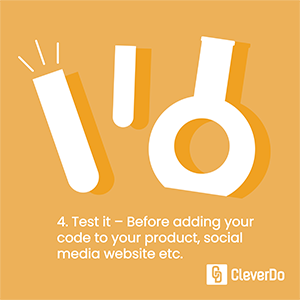What is the difference between a price tag, a barcode and a QR Code?
Price tag, barcode, QR Code, what is the difference?
Before digital pricing, prices were displayed on signs, tags or stickers, or maybe even written onto the product itself. Prices were then entered manually into a cash register. This is time consuming and not always reliable. However, this method is still used in some smaller shop and on market stalls.
Next came the barcode. We’ve all seen barcodes before, they are part of our everyday lives. Every product in every store has a barcode on the back. It is a scannable image made up of a series of vertical lines, often with a number printed underneath.
This barcode contains encrypted information, most commonly, the producer of the product, what the product is and its price.
Today we have the QR Code. The QR Code works in a similar fashion to the barcode but is a more complex version of its predecessor.
As mentioned, the barcode holds only vertical lines and is therefore a 1-dimensional (1D) image. The QR Code on the other hand is made up of both vertical and horizontal lines. It also contains a series of black squares and dots representing different segments of information.
Much like the barcode it is an encoded piece of data that when scanned is translated back into a format decipherable by us.
What can a QR Code do that a bar code can’t?
Because of its more complex design the QR Code is able to hold around one hundred times as much information as the barcode!
Possibly even more important is the adaptability and availability of the QR Code. To read a barcode you need a barcode scanner, normally only used by merchants. A QR Code can be scanned and read by almost any mobile phone in the world. This means that it is available to millions of people worldwide.
Another benefit of the QR Code is that it has an error rate of up to 30%. This means that if the QR Code is damaged in any way or dirty, it can still be read. Unlike when a bar code has been damaged and the cashier has to type in the number beneath the bar code. If that doesn’t work then you are left embarrassingly holding up the queue whilst someone finds a replacement.
How do I create a one?
Today it is incredibly simple to create a QR Code. There are dozens of free online tools you can use to create your own unique QR Code.
Once you find a generator you are happy with you simply type in the required information and hit create. Seconds later your QR Code is ready for use.
There are also ways to personalise your QR Code with a logo or emblem. You don’t necessarily have to stick with black and white as you can also add colours to your design.




What can I use them for?
QR Codes have been widely used in South Africa, Asia and Latin America for quite some time.
Across the rest of the world, we saw a massive rise in their use due to the pandemic.
They are used for many different things such as menus in restaurants, track and trace systems, business cards and shopping.
Instead of a physical menu you scan the QR Code on your table with your mobile phone. This takes you to the restaurant’s website or a specific page where you can view the menu.
Rather than handing out paper business cards you scan a QR Code on a mobile phone and you receive a digital business card. This has many advantages, aside from slowing the spread of infection is also reduces the amount of throw away cards. It is then stored on your device for future reference.
In some countries it is common place in shops to have a QR Code instead of a bar code. Sometimes it is a dynamic code that you scan and enter the amount you wish to pay. These are editable in real time. Other times it is a static code that you scan and it automatically enters the amount requested. These are single purpose and cannot be edited.
In doctor’s surgeries, paper pamphlets were removed and replaced with a board displaying various QR Codes. You scan the relevant code and again it takes you to a website or landing page where you can view the information.
Will we see more of them in the future?
These examples are just some of the uses of QR Codes. A recent report shows just how rapidly QR Code adoption is growing worldwide. It also looks like that is a trend set to continue with QR Code fraud being so much lower than other contactless payment methods and the convenience of being able to do almost anything by simply scanning a black and white pattern with your mobile device. Many mobile wallet now offer a personal QR Code for the user to make and receive payments with.


Recent Comments